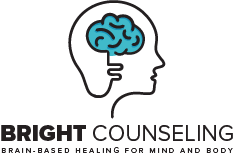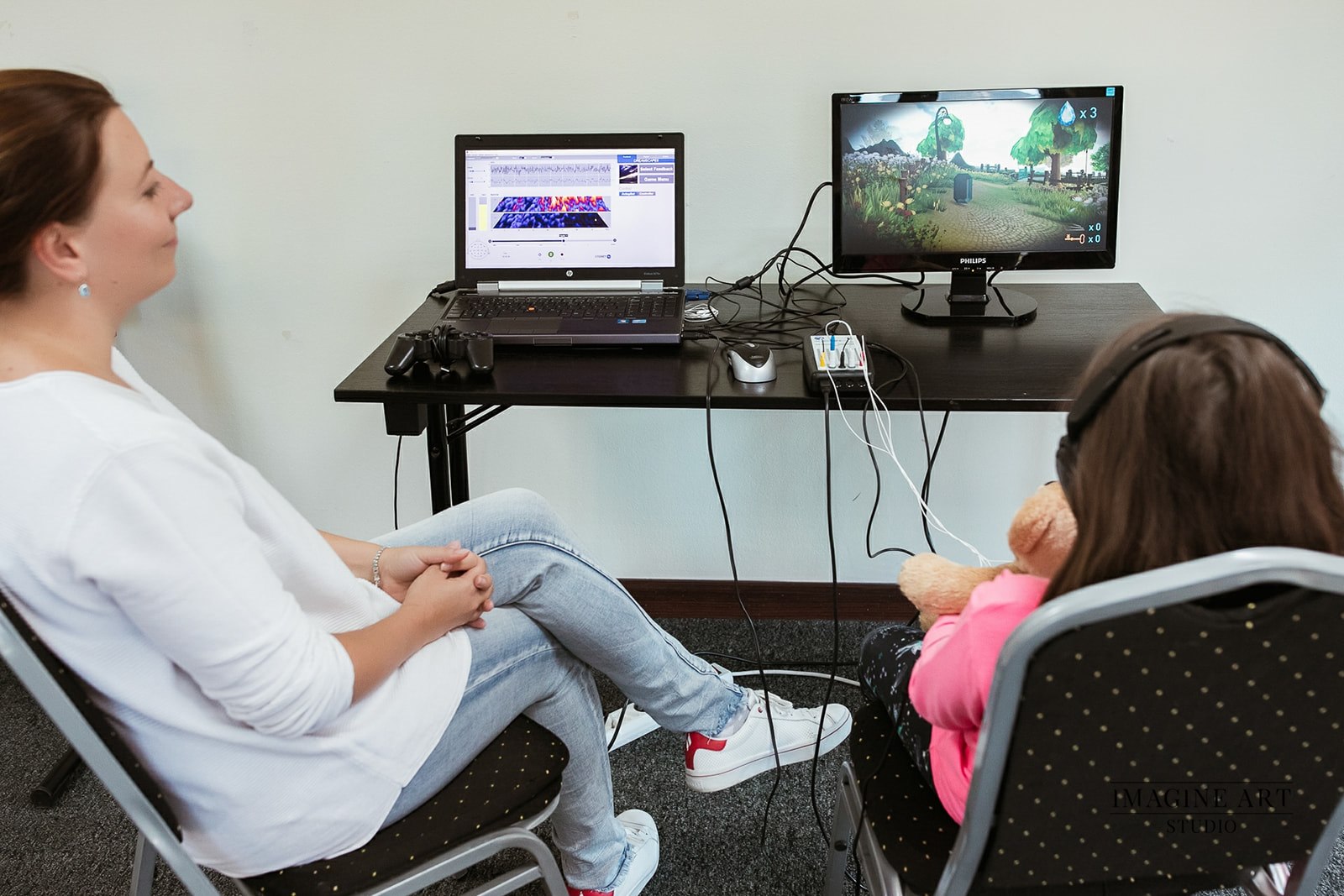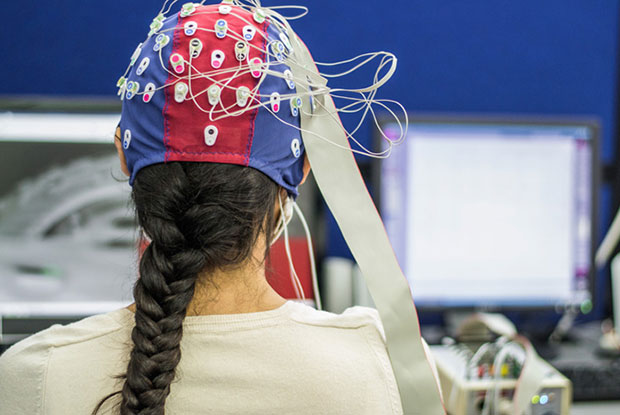Neurofeedback trains the brain like exercise and helps it to learn healthier patterns and rhythms to function more optimally.
We recommend neurofeedback training along with therapy because it decreases symptoms of trauma, ADHD, depression, and anxiety as well as increases focus and emotional balance.
The team at Bright Counseling helps teens and adults recover from trauma and improve their behavior. We provide compassionate counseling and make it even more effective by combining it with mindfulness techniques and at-home neurofeedback training.
Read one mother’s experience with neurofeedback for her son.




